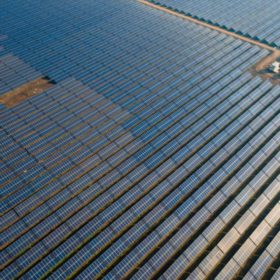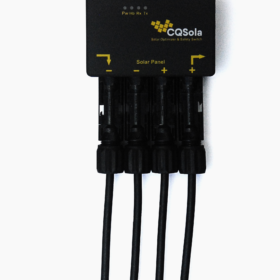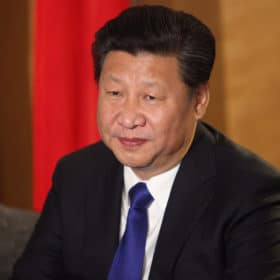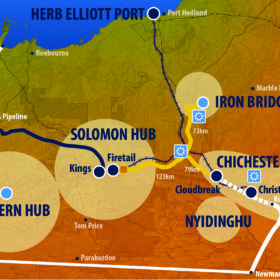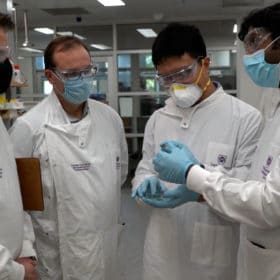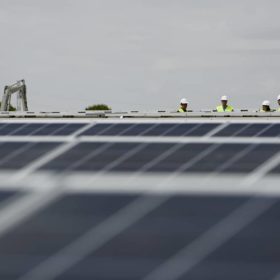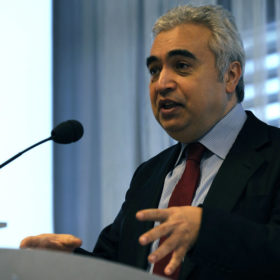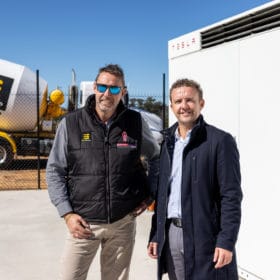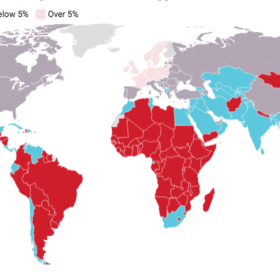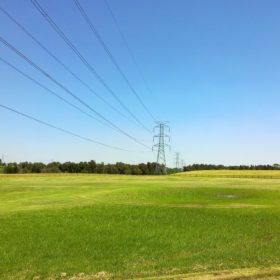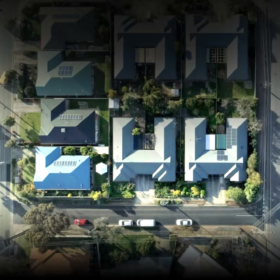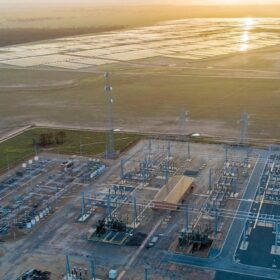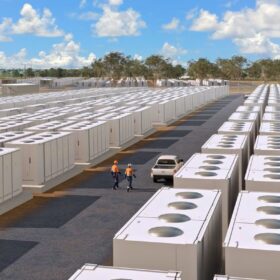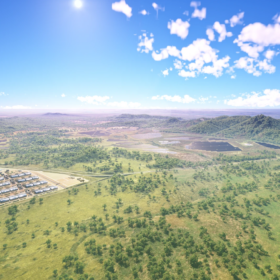Canadian investor Amp Energy bets big on Renewable Energy Hub of South Australia
A clean energy investment firm based in Canada but already with a growing portfolio in Australia has set out an expansion plan in excess of $2 billion and 1.3 GW for the creation of a Renewable Energy Hub of South Australia, including at least three massive solar projects, two of which would supply South Australia’s green hydrogen ambitions.
How to retrieve 36% in power losses at the solar-to-electrolysis end of hydrogen production
An Australian innovation, the unassuming-looking CQSola power controller has under-the-hood smarts that could significantly cut the cost of hydrogen produced using solar energy.
China mandates energy storage as it sets 16.5% solar and wind target for 2025
The National Energy Administration has ordered grid companies to supply enough network connection points for all the solar and wind projects registered in 2019 and 2020, and said variable renewables should be supplying 11% of the nation’s electricity by the end of the year.
Pacific Energy to construct Fortescue’s Pilbara grid-scale battery project
Pacific Energy subsidiary Contract Power Australia is set to design, construct, install and commission two batteries totalling 42 MW for Fortescue Metals Group as part of its Pilbara Energy Connect project. The storage facility is set to be the largest grid-connected battery system in Western Australia.
Brisbane-based tech firm and University of Queensland team up to transform energy storage
The ‘Graphene Revolution’ is drawing near in energy storage, the sector where it is arguably needed most. Univeristy of Queensland scientists who devised aluminium-ion batteries with graphene electrodes have teamed up with Brisbane-based Graphene Manufacturing Group to push the technology into the commercial prototype phase, a potentially early marker for a technology that could transform energy storage.
Europe’s largest PV plant takes shape
The project, called the Trillo photovoltaic complex, is located in Spain and will have an installed capacity of 626 MW. Construction is scheduled to begin on May 7.
The sum of the Leaders Summit on Climate
Let’s not give Australia’s Prime Minister any more space on the topic of climate change. Scott who? Fatih Birol, Executive Director of the International Energy Agency encapsulated the Summit and where we’re at coolly, concisely and cogently.
New ACT big battery to pull off hydrogen, solar and VPP storage trifecta!
Elvin Group Renewables has constructed a 5 MWh Tesla Megapack to help ensure stability of energy supply in Canberra’s new northern suburbs and the wider grid. Its plans to proliferate the model are audacious.
Australia ‘in a league of its own’ with renewables potential, positioned to be ‘battery of the world,’ new report finds
Solar and wind could meet the global energy demand 100 times over, a new report from the Carbon Tracker Initiative has found. Australia, in particular, is uniquely positioned to capitalise on the transition as one of the few developed countries with vast renewable potential and a low population.
Big battery market gets a leg up as rule maker proposes rewards for fast grid responses
The Australian Energy Market Commission, the country’s rule maker for electricity and gas markets, has this morning released proposals to reward fast frequency services in the National Electricity Market for the first time.
